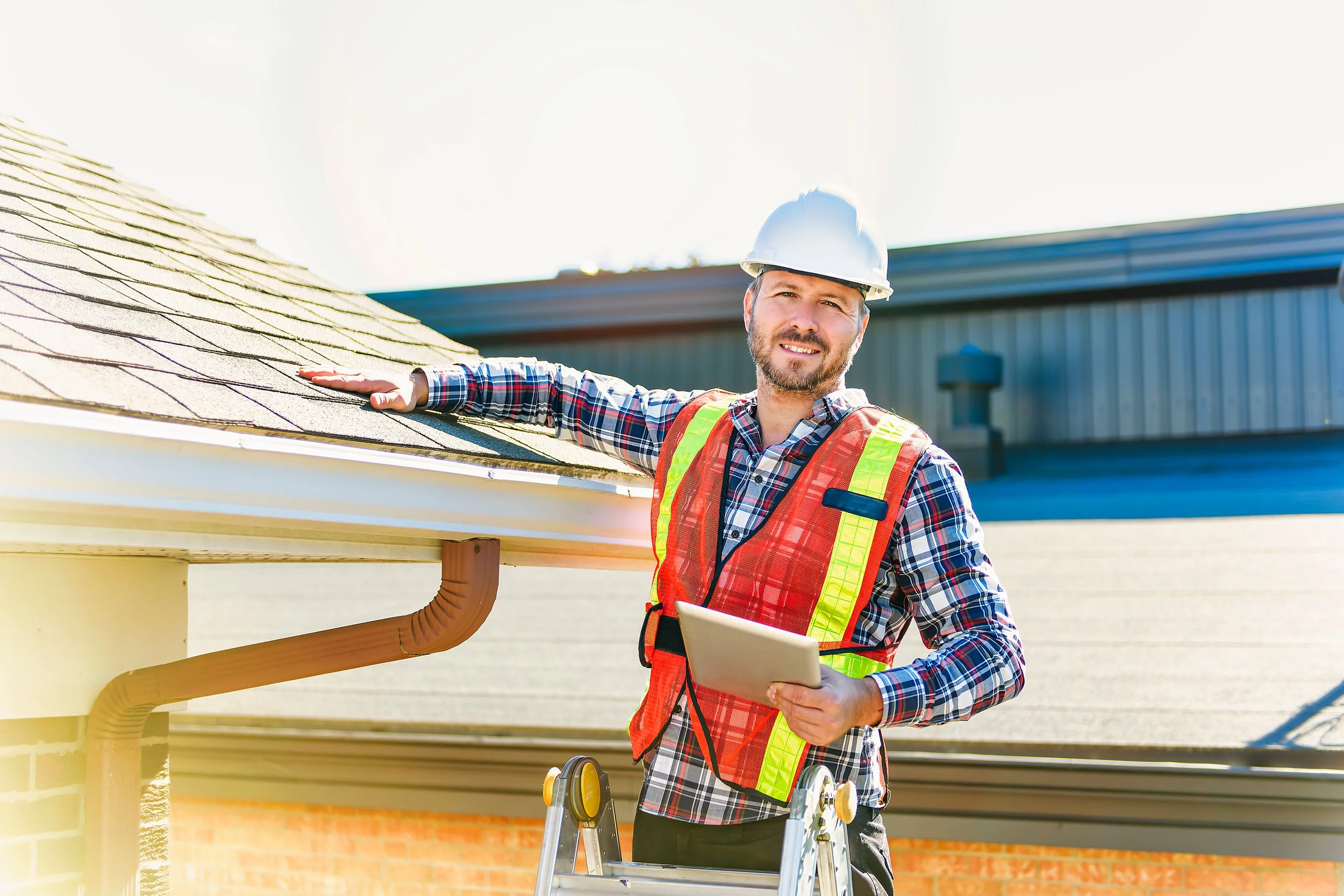Common Home Inspection Issues and What They Mean for Buyers
Buying a home is one of the most significant investments you'll ever make, and a home inspection plays a crucial role in ensuring that your dream home doesn't come with unexpected (and costly) surprises. While no home is perfect, understanding common home inspection issues and their potential impact can help you make an informed decision.
1. Roofing Problems
A home’s roof is its first line of defense against the elements, so any issues here can be a major red flag. Common problems include missing or damaged shingles, leaks, and poor drainage. A worn-out roof may require repairs or a complete replacement, which can cost thousands of dollars. If the inspection report highlights roof concerns, buyers should ask the seller to either fix the issue or adjust the price accordingly.
2. Foundation Cracks and Structural Concerns
Cracks in the foundation, uneven flooring, or doors that won’t close properly can signal structural issues. While small cracks are often harmless, larger gaps or shifting foundations can indicate serious and costly repairs. A structural engineer may be needed to assess the severity, and in extreme cases, it may be best to walk away from the deal.
3. Electrical System Deficiencies
Older homes, in particular, often have outdated or faulty wiring, which can pose a fire hazard. Common issues include knob-and-tube wiring, overloaded electrical panels, and non-grounded outlets. If the inspection reveals electrical concerns, buyers may need to budget for an electrician to update the system to modern safety standards.
4. Plumbing and Water Damage
Leaky pipes, slow drainage, or water stains on ceilings and walls may indicate plumbing issues. Left unaddressed, these problems can lead to mold growth, wood rot, and structural damage. Buyers should investigate further and negotiate repairs if necessary, as plumbing fixes can range from minor leaks to full repiping, which can be expensive.
5. HVAC System Failures
A home’s heating, ventilation, and air conditioning (HVAC) system is crucial for comfort and energy efficiency. Common issues include old furnaces, poor ventilation, and malfunctioning AC units. A non-functioning HVAC system could cost thousands to replace, so if the system is nearing the end of its lifespan, buyers may want to negotiate a replacement or warranty with the seller.
6. Mold and Pest Infestations
Mold and pests (such as termites or rodents) can cause significant health and structural problems. Mold growth often signals water damage, while termites can silently eat away at a home’s foundation and framing. Buyers should request mold remediation or pest treatment before finalizing their purchase.
7. Poor Drainage and Grading
If water isn’t properly directed away from the home, it can lead to flooding, foundation damage, and basement leaks. Grading issues can often be fixed with landscaping adjustments, but more severe cases may require professional intervention.
What Should Buyers Do?
Review the home inspection report carefully
Discuss major issues with the seller and negotiate repairs or credits
Consider specialized inspections for concerns like roofing, electrical, or pests
Know when to walk away. Some issues may not be worth the hassle
A home inspection is your chance to uncover hidden problems and make a confident, informed decision. By understanding these common issues, you’ll be better prepared to navigate the home-buying process and protect your investment.

